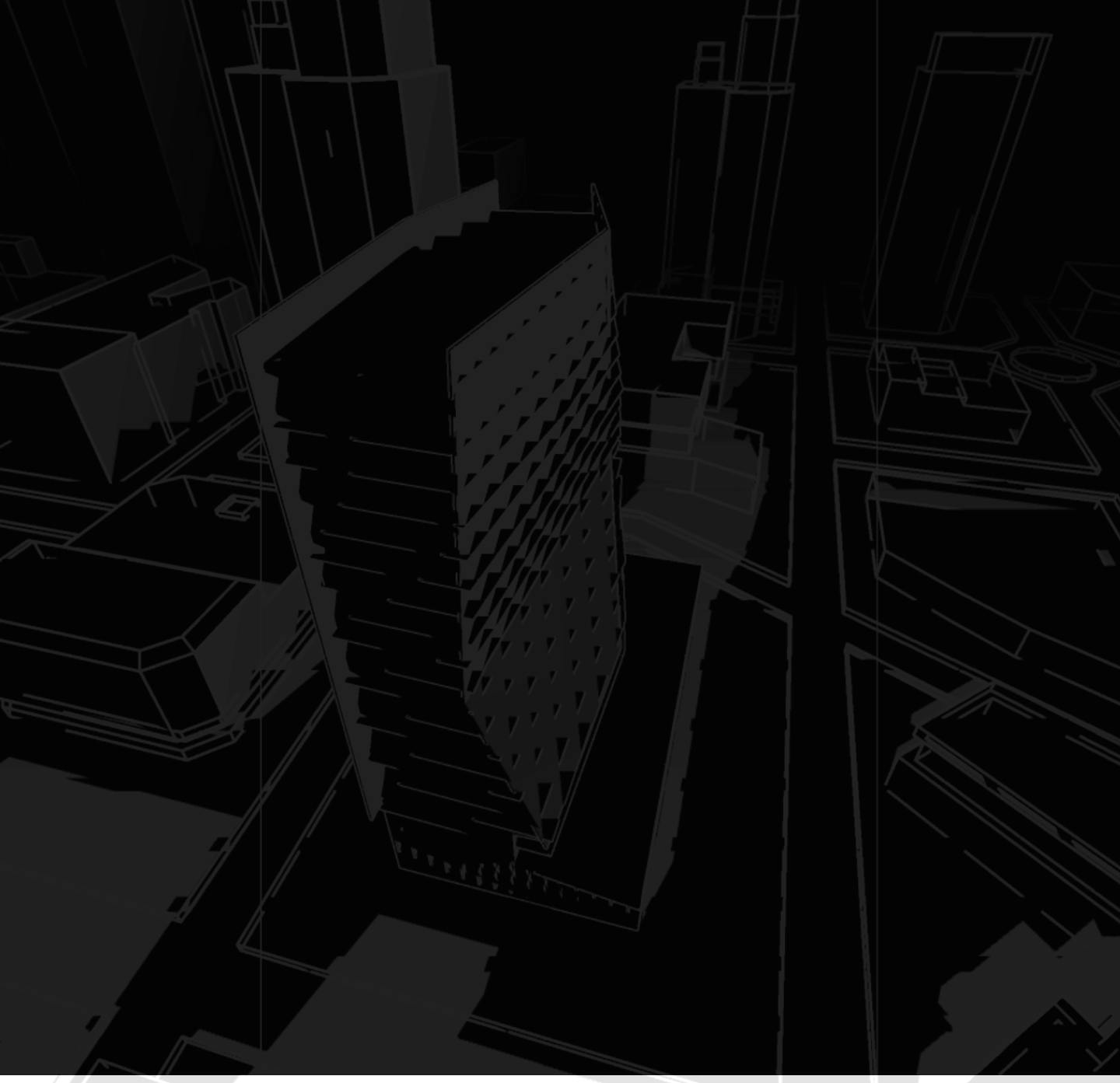Table Of Contents
Table Of Contents

Incorporating Sustainability in AEC Workflows
cove’s CEO, Sandeep Ahuja, recently hosted a panel discussion with change-makers Paul McKeever, Kim Reddin, Natalie Terrill, and Jeremy Knoll to discuss how they have incorporated sustainable strategies into their workflows. These panelists, along with others, have helped revolutionize the AEC industry by placing a high value on sustainability and leading the sustainability efforts for their firms. In this blog, we will cover our panelists, some of the highlights of the conversation, and discuss the value and challenges of incorporating sustainability in architecture.
Jeremy Knoll is an Associate Principal and sustainability pioneer at BNIM, an AIA National Firm Award Winner. In the panel, Knoll spoke about the active role he played in creating a sustainability plan. Change in their office, like many others, requires continual adjustment and fine-tuning. Accordingly, everything they work on is constantly evolving, perpetuating the conversation about design excellence and sustainability. Jeremy, along with a group within his firm started developing a new sustainable action plan and developed a set of internal goals based on the AIA’s guideline for design excellence. The system they developed is comprised of eighteen measures in six categories, including energy, ecology, wellness, equity, and resources. Regardless of the size of a remodel, they are setting goals in similar ways varying only based on the type of project.
Kim Reddin, innovator and Director of Sustainability at Flad Architects spearheaded a similar initiative as she started encouraging her team to perform detailed analysis in the early stages of their project. Reddin’s goal was to provide her team with a better understanding of the Energy Use Intensity (EUI) of their designs. Early in her push to motivate the team to incorporate sustainable building designs in their workflows, she realized that differences in background and previous work experience played a significant role in her team's understanding of EUI. While it was a learning experience for her and her team, she discovered the value of educating her team so that they can successfully move forward with their sustainability initiatives.
Natalie Terrill, Director of Sustainability at The Beck Group, is dedicated to her firm’s commitment to sustainable building design and construction practices. When it comes to sustainability, Natalie Terrill is constantly seeking improvements in processes and efficiency. She mentioned that their rigorous specification review process is “worth its weight in gold” since it’s the best way to ensure their design project ends up with all the necessary materials it needs to have. While her process is labor-intensive and has required refining over the years, she feels confident that they’re not going to have a basis of design product that won’t meet the healthy building material transparency requirements.
Paul McKeever is an Associate Principal at tvsdesign, an award-winning architecture and interior design firm headquartered in Atlanta, Georgia. The company provides clients with global expertise and has worked in 28 countries and across 46 states and territories across the United States. During the panel discussion, McKeever said, “change now is about setting goals early on, particularly when it comes to energy and sustainability”. He stressed the importance of placing an equally high value on energy budgets, the same as someone would focus on their construction budget. Across roughly a dozen projects, during the predesign phase, McKeever and his team have begun benchmarking their projects for EUI before they even begin. Benchmarking has set the tone in their discussion with clients to align their goals and begin their conversation about building sustainability in the early stages.
Summary
Incorporating sustainable design and construction practices requires hard work, determination, and forward-thinking. The AEC industry has the potential to make a significant positive impact on the environment, simply by incorporating sustainability strategies into their architecture and engineering workflows. Innovators like these are initiating the conversation about sustainability and leading the way for architects and engineers to change the way they think about their workflows.
Download the panel discussion to get exclusive insight into how these change makers are adapting their sustainability strategies to achieve their sustainability goals, comply with national energy regulations, and win more clients.
